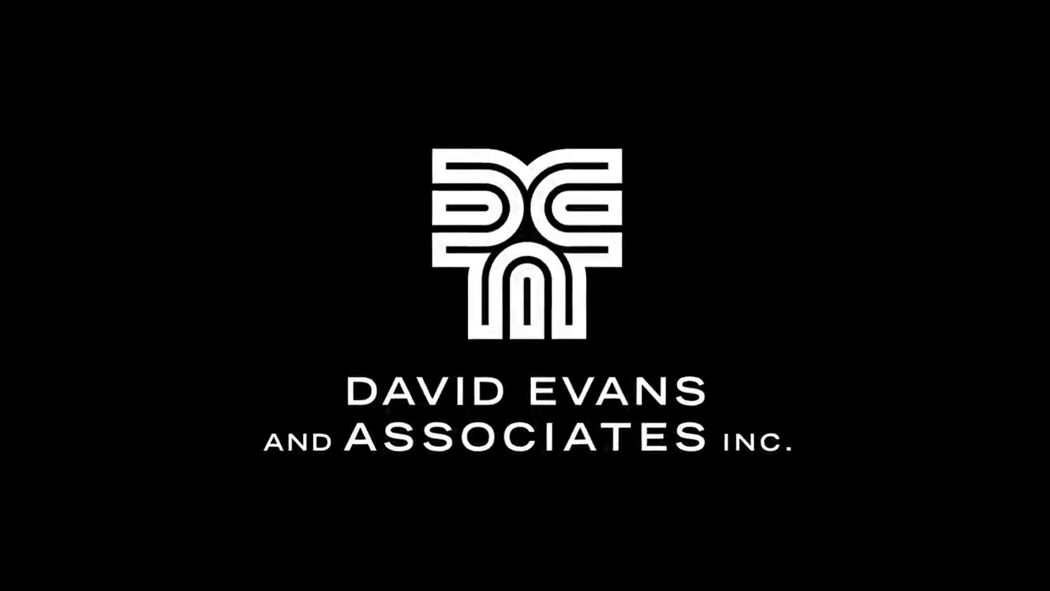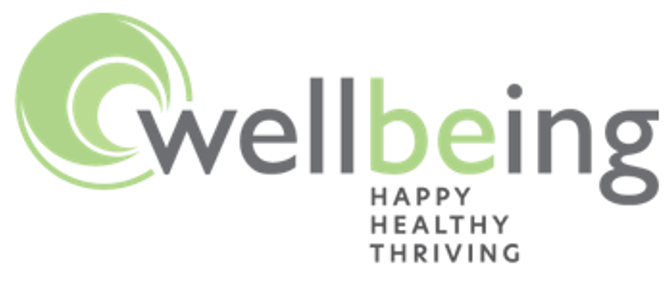David Evans and Associates, Inc., partnered with Cigna to reimagine its employee well-being strategy during the pandemic. The professional services consultancy moved away from just focusing on physical health to providing employees with more holistic support.

Employee health and well-being was thrown into the limelight at the start of the pandemic, but for professional services consultancy David Evans and Associates, Inc. (DEA), it’s been a strategic priority since 2012 – long before COVID-19 took the world by storm.
And rightfully so. A plethora of research has shown that healthy workforces are more productive, innovative, and engaged, leading to greater business profitability and economic vitality.
When COVID-19 began to spread throughout the United States, DEA began to see lower engagement levels with its employee well-being program. The company had been using Cigna's MotivateMe well-being framework, which rewards employees for the healthy actions they take. Employees reported that the program was no longer influencing their physical wellness, and that they were just “checking the boxes.” Additionally, the wellness program was mainly focused on physical health, and people were looking for more holistic support.
DEA’s Amy DeWallace, an HR business partner for the company, and Renata Whited, an HR specialist based in the firm’s headquarters in Portland, Oregon, turned to their health engagement consultant at Cigna.
“We’d come to the realization that a lot of our employee health and well-being programming really focused on physical health," DeWallace said.
"We knew that we needed to expand our definition of health and well-being and that was really a pivotal starting point for us in this transformation of our employee experience."Amy DeWallace, HR business partner for DEA
According to DeWallace, DEA worked with a well-being consultant and its Cigna health engagement consultant to develop a new, custom-tailored strategy to better engage employees and meet their needs.
Actively Listening to Understand Employee Needs
Moving away from the traditional model of incentive programs, DEA’s new, expanded view of well-being would look at employee health through the lens of five pillars.
- Physical – Having healthy behaviors (sleep, physical activity, healthy diet) that result in strength and energy from your body and mind.
- Emotional – An ability to identify, assess and express a full range of emotions and authenticity.
- Financial – The ability to assess and manage personal financial commitments and goals, and to absorb a financial shock.
- Career – A feeling that you are growing and progressing in your career.
- Community – Connection with others and a feeling of belonging, acceptance and support.
But the question was: Would this new approach resonate with employees?
“If we were going to essentially rebuild their well-being program, they needed to hear directly from employees about what they wanted out of it,” said Hayley Cornell, health engagement senior advisor at Cigna. “We surveyed employees and conducted focus groups to get detailed feedback on what was important to them in regards to their health and well-being.”
Some of the key learnings were that DEA employees wanted a work environment that supports them in holistically managing their well-being, including work-life balance.
“Employees believed firmly that work-life balance is a key contributing factor to well-being."Renata Whited, HR specialist for DEA
The focus groups dove into employees’ experiences with what gets in the way and what helps in the mission to holistically manage well-being – and their vulnerability and willingness to be open, honest, and share, Whited said, was core to building out a new and improved well-being program.
A New, More Holistic Well-being Strategy
 In 2021, DEA rolled out a new well-being program for employees (logo on the left), which DeWallace said is rooted in joy, autonomy, resiliency and purpose. It all starts with a questionnaire that employees fill out about their current state of affairs: How they are feeling emotionally, physically, etc. After filling out the questionnaire, employees use that information to create their own, personalized well-being plan, and actionable takeaways on which dimensions of health they need to work on, with suggested tools and resources to encourage change and improve health behaviors. DEA also implemented a lifestyle spending account that comes preloaded with $200 that can be used on anything well-being related, such as hiking shoes, or a yoga mat, for example.
In 2021, DEA rolled out a new well-being program for employees (logo on the left), which DeWallace said is rooted in joy, autonomy, resiliency and purpose. It all starts with a questionnaire that employees fill out about their current state of affairs: How they are feeling emotionally, physically, etc. After filling out the questionnaire, employees use that information to create their own, personalized well-being plan, and actionable takeaways on which dimensions of health they need to work on, with suggested tools and resources to encourage change and improve health behaviors. DEA also implemented a lifestyle spending account that comes preloaded with $200 that can be used on anything well-being related, such as hiking shoes, or a yoga mat, for example.
Also a big part of the transformation in DEA’s well-being strategy was prioritizing the company’s Intranet and redesigning it to better support the employee well-being program. “We added a ton of resources that we already have, but listed them under one of the relevant five pillars and made sure that they were organized well and easy to discover. Our Intranet has turned into a well-being website that connects the dots to all of the things that we are doing to improve the health and well-being of our employees,” Whited said.
Every two months, DEA chooses one of its five pillars to focus on, and creates and curates content, webinars and other programming to support it. The company’s Intranet is key in evangelizing and educating employees on healthier behaviors. For example, for February and March of this year, DEA focused on the pillar of Emotional well-being. In February, employees received a comprehensive guide to assist them (or family members who are in need of help) to find the mental health program that would be most beneficial. There are so many programs that are available, it can be confusing to know which one would work best for their particular situation. As a complement to that, DEA held a Mental Health Awareness Lunch and Learn in March.
Participation and engagement in the new well-being program has been high, Whited confirmed, adding that an estimated 70% of DEA’s employees have engaged with the well-being program since its relaunch last year.
“There’s a transformation happening in the business world today,” DeWallace said. “And if you haven’t traditionally been focused on employee health and well-being, it can be hard to figure out where to start from. For us, taking that first step to bring Cigna in was key. They were core to building out this strategy and making sure that it was right for our employees. They put us on the right path to where we needed to go and guided us to be more in-tune with our people.”

Employee Well-being is Your New Growth Plan
Browse through our thought leadership content and resources on what it is going to take to attract and retain top talent in the future of work.